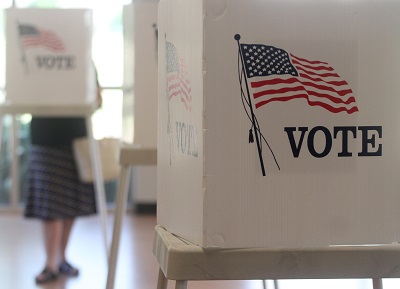Best Practices in Early Childhood Education
By Matt Regan
There is a growing body of research and evidence that is pointing towards the very clear conclusion that investing in early childhood education and development produces returns not seen in any other arena of government spending. Studies by the Federal Reserve Bank of Minnesota, Nobel Laureate Economist James Heckman, and a soon to be released economic impact report commissioned by the Bay Area Council, all indicate clearly that quality early childhood programs result in higher educational attainment later in life, lower rates of social problems such as drug dependency or teen pregnancy, lower dependency on welfare and lower rates of criminal behavior. Some research indicates that the return on investment in such quality programs can be as high as 17:1.
So what does a quality early childhood education program look like and where can one be found? Bay Area Council Director of Government Relations, Matt Regan, travelled to New Jersey this week with a delegation of California lawmakers, business leaders and child advocates on a fact finding mission to observe what is arguably the premier early childhood education system in the nation. The purpose of the trip was to collect examples of best practices, learn how the State of New Jersey has funded and rolled out this impressive program in such a short period of time, and see what, if anything, could be brought back to California.
The Abbott Preschool Program was developed in response to a 1998 mandate from New Jersey’s Supreme Court, requiring the provision of preschool for all 3 and 4 year olds in the state’s highest poverty districts. This decision was part of a larger court mandate to provide all the state’s children with a “thorough and efficient education” as required by the New Jersey State Constitution.
New Jersey now requires that all Abbott preschool teachers have a Bachelors Degree and an early learning certificate. Each Abbott classroom has no more than 15 children with a teacher and an aide. Each 20 classes have support from a Master Teacher as well as a team of social workers and professionals in special needs areas. Abbot schools are designed to strict guidelines with a minimum of 950 sq ft per classroom with two bathrooms, as well as five defined and researched curriculums that schools can choose from.
Abbott preschools have proved incredibly popular with parents are over subscribed. New Jersey Governor John Corzine, recognizing the success of the program and the long term benefits to his state is seeking court permission to expand Abbott preschools to all of New Jersey’s school districts, not just the most impoverished.
As in everything we look at in these cash strapped economic times, the question must be asked, how much does this Cadillac program cost, and can California afford to emulate it?
California currently spends $3,486 per year per child in our State preschool program, New Jersey spends $11,831 per child enrolled in the Abbott program and a partial local government match is required. These figures represent a distinct difference of priorities and vision between our two states and time will only tell if New Jersey’s investment pays off but the early signs are good. According to the first longitudinal effects study of the program carried out by the National Institute for Early Education Research the achievement gap that had previously hampered children from underprivileged communities was closing fast and that Abbott children were out performing their peers in language skills, reading and math. Continuing studies of Abbott children are ongoing as they progress through the K-12 system, and if The Federal Reserve of Minnesota, James Heckman et al are correct, New Jersey can begin to reap the benefits of Abbott very shortly if they are not doing so already.
So the question we should be asking here in California is not whether we can afford a similar investment in our children, rather can we afford not to?





